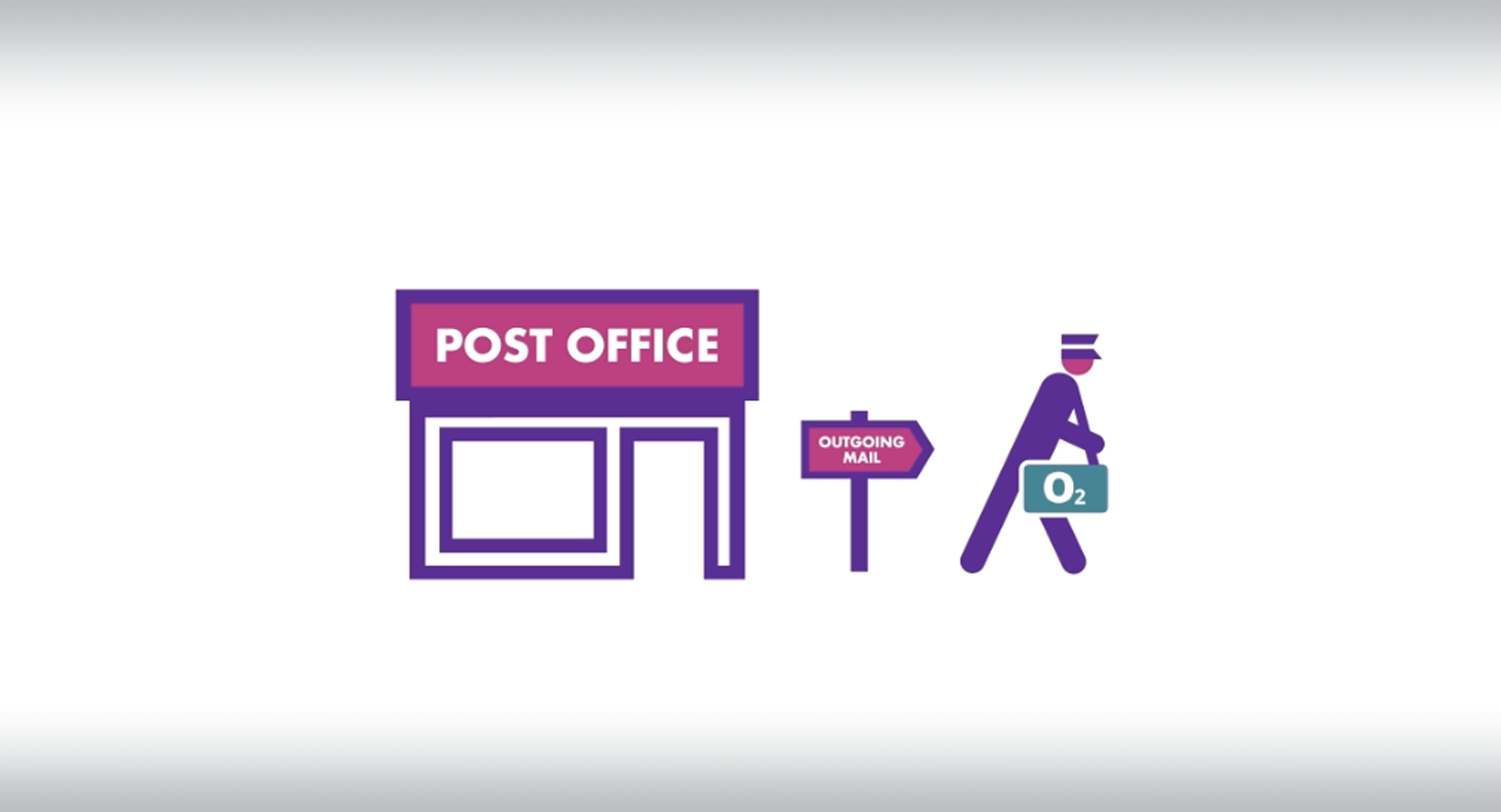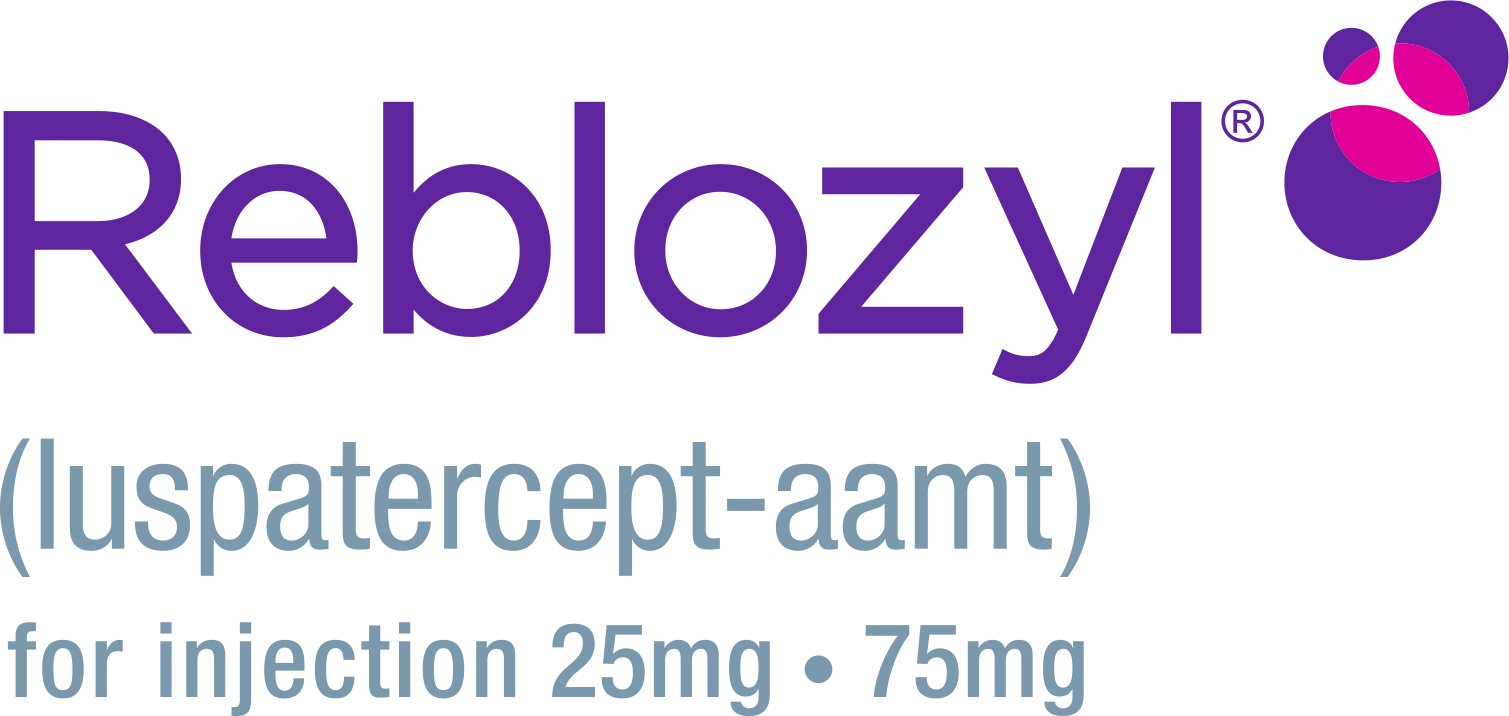
What is MDS?
Myelodysplastic syndromes (MDS) (my-el-o-dys-plastic sin-dromes) is a group of disorders in which the bone marrow fails to make enough healthy red blood cells (RBCs), white blood cells (WBCs), or platelets (PLTs). MDS is considered a blood cancer. Bone marrow is the soft tissue found in the center of most bones and is the main place where blood cells are made.

Bone Marrow
What causes MDS?
MDS may be caused by changes to DNA called mutations. These mutations change the way the cells grow and function. With MDS, newly formed blood cells become abnormal and do not grow (mature) correctly. These abnormal blood cells do not enter your bloodstream to do their jobs. They pile up in the bone marrow instead.
The abnormal cells take up space needed for normal bone marrow function. This can lead to your body making too few mature blood cells.
The pile-up in the bone marrow keeps immature RBCs from growing into mature RBCs. With fewer mature blood cells in your body, you can develop anemia (low RBCs). You can also develop other low blood counts (cytopenias).

Mature RBC

Abnormal RBC
What are the 3 different types of low blood cell counts (cytopenias)?
1.
Anemia: low red blood counts.
RBCs help deliver oxygen to your body.
2.
Neutropenia: low white blood counts.
White blood cells are important in fighting infection in the body.
3.
Thrombocytopenia: low platelet counts.
Platelets help control bleeding inside your body and on your skin.

Anemia is the most common type of low blood count in people with lower-risk MDS.
In fact, anemia occurs in up to 9 OUT OF 10 PEOPLE who have MDS.
What causes anemia?
For people with MDS, anemia is caused by having too few healthy, working RBCs. Working RBCs have a molecule called hemoglobin (Hgb) that carries oxygen to the organs in your body.
Watch this short video to see how anemia develops.

Get helpful tools and resources for your MDS-related anemia
Your REBLOZYL Connection™ is an educational program designed to help you understand treatment with REBLOZYL and provide resources so you can take a more active role in your care.
What are the symptoms of anemia?
There are many symptoms of anemia, and it can feel different from person to person. Some symptoms can easily be overlooked and confused with normal signs of aging, which is why it’s helpful to share how you’re feeling with your healthcare team. Speaking up helps them understand what might be causing your symptoms and can be used to create a treatment plan that works best for you.
Some common symptoms of anemia include:
- Problems with thinking or memory
- Feeling tired
- Feeling weak
- Dizziness
- Lightheadedness
- Headaches
Other symptoms can include:
- Chills or cold hands and feet
- Irregular heart rate
- Chest pain
- Pale or yellowish skin
- Shortness of breath
- Muscle cramps, bone pains, and body aches

Anemia symptoms can get in the way of your daily activities. So it's important to track how you're feeling and proactively speak with your healthcare team about your options.
Untreated anemia can also cause more health problems over time. For example, it may affect how well your brain, heart, and lungs work.
When should I talk to my doctor?
It's important to speak up about any symptoms or daily disruptions you're experiencing.
Feeling empowered starts with knowing what to look for.
Select each option below (+) for more information on how to prepare for talks with your care team:

Ready to ask about REBLOZYL? Check out our Doctor Discussion Guide
Download our complete Doctor Discussion Guide for more information about navigating conversations with your care team. The guide also includes worksheets and places to take notes to help you get organized.


